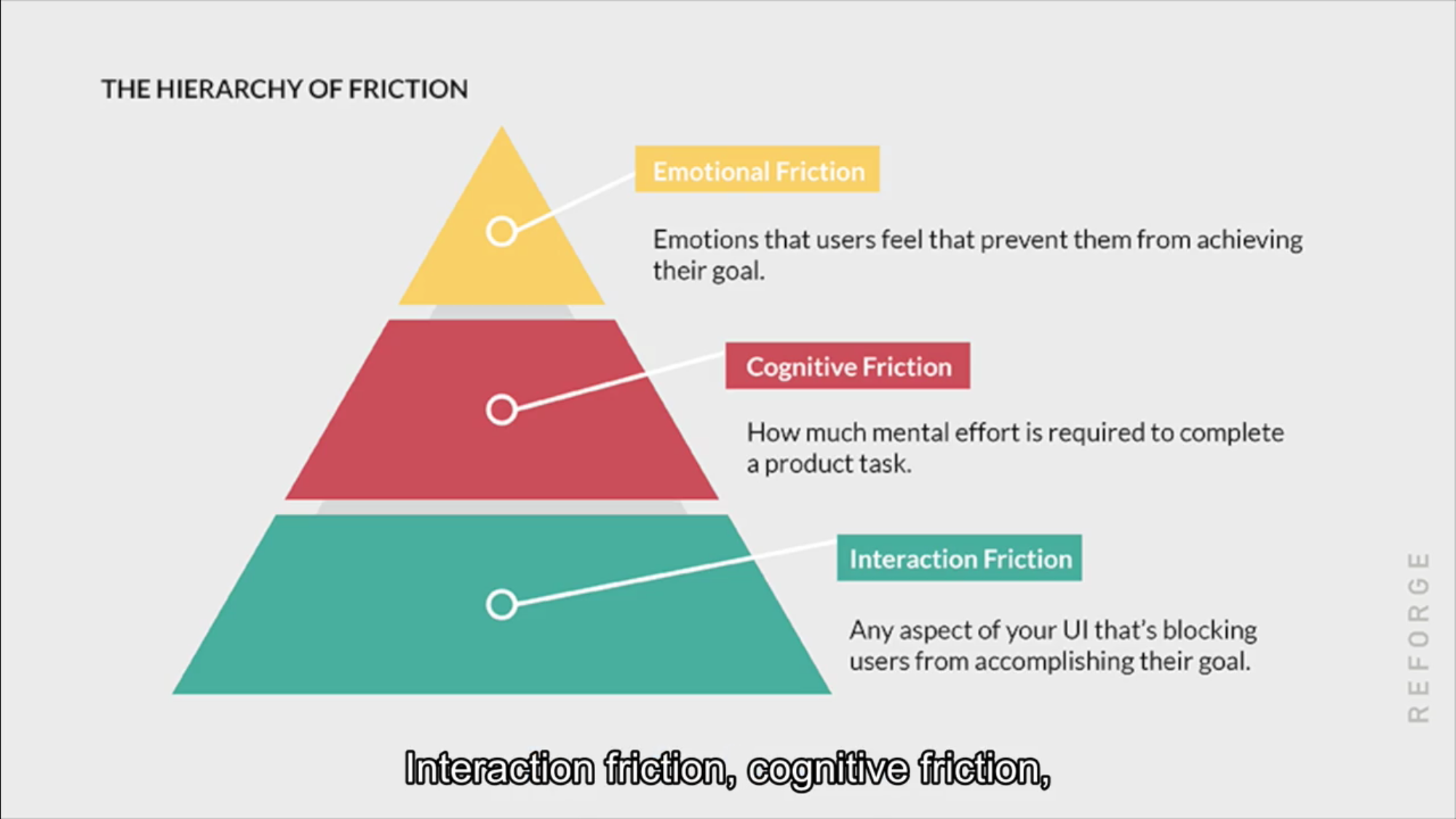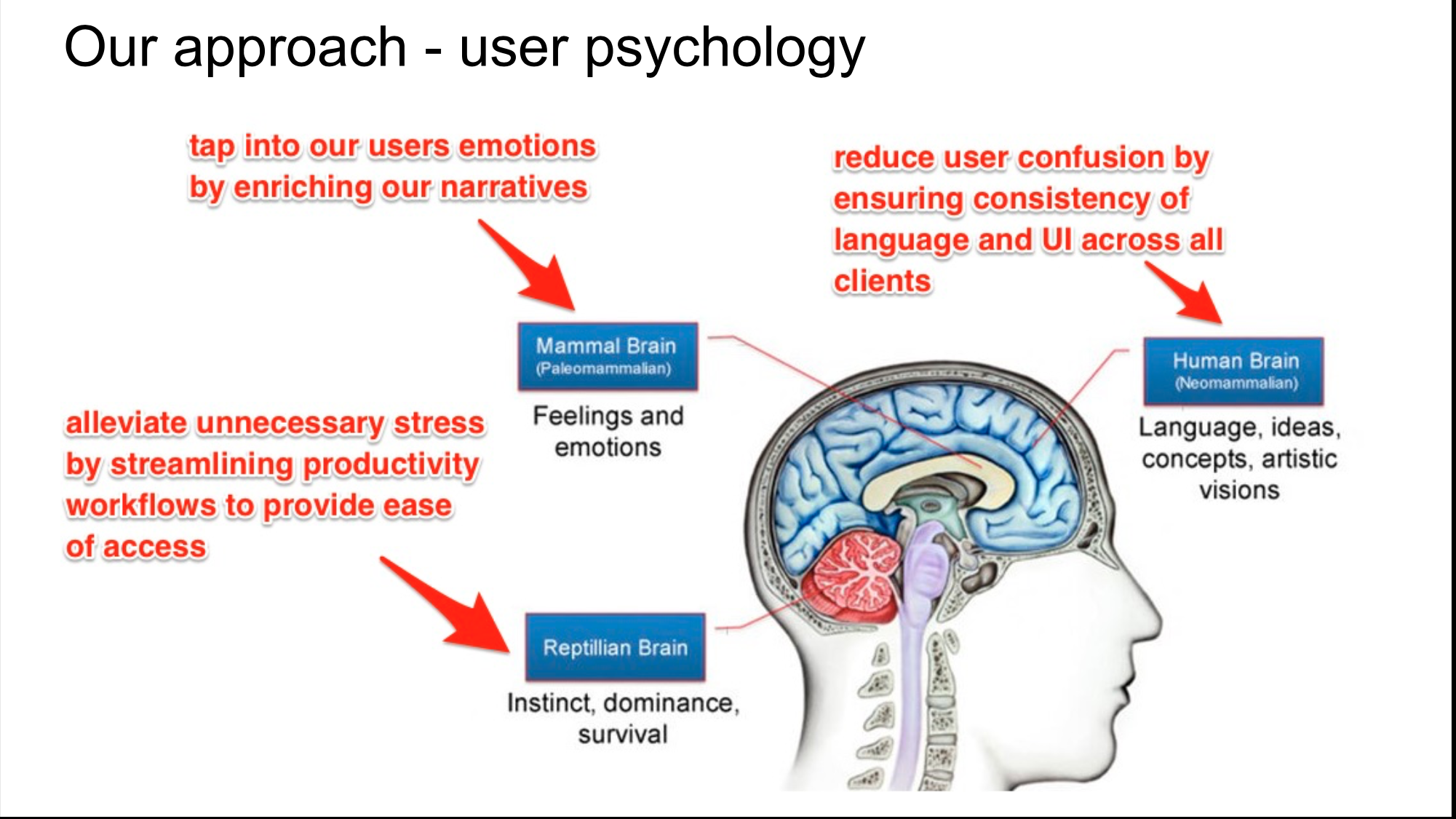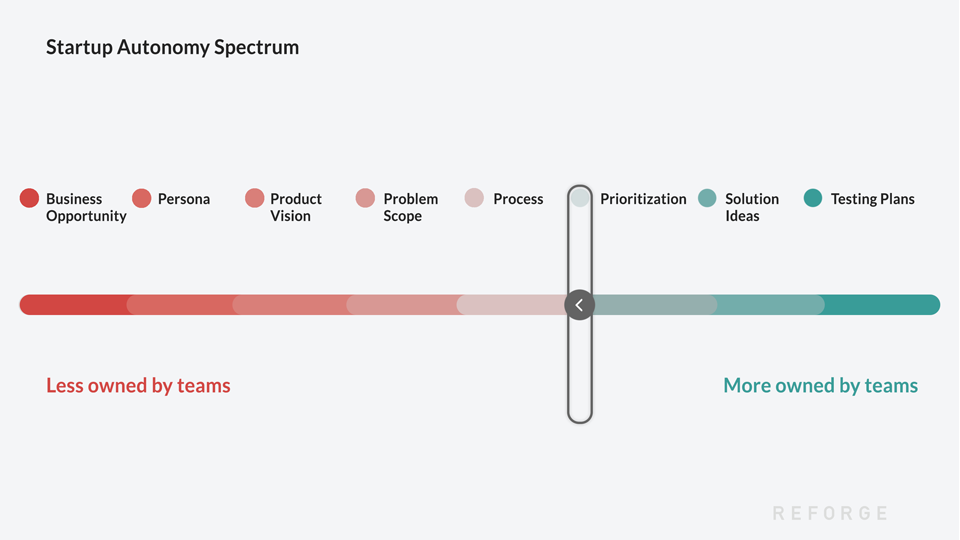
Differentiation
- There is a difference between the buyer persona and the user persona
- buyer: before sale
- user: after sale
Types of people to interview
- People who considered you and chose you
- People who considered you but choose your competitor
- People who considered you but decided to stick with status quo
- People who never considered you and choose another
- People who are currently considering your solution
Securing an interview by contacting buyers
“My name is ___, I am calling because you recently evaluated our solution. I am hoping that I can get a few minutes to talk with you about your experience as you went through the evaluation. I am looking for your candid feedback about what worked and what didn’t as you went through the process. I’m hoping I can get about 20-mins time slot in your calendar within the next week. Here is my phone number ___. I realize that it may be easier for you to respond to me via an email, so I am going to follow up right now with an email. Looking forward to hearing back from you and hope we can talk soon.”
5 rings of insights: Critical information to tease out during an interview
“Take me a back to the day, when you decided you need to get a ….”
- Insight #1 – Priority initiative:
- Figure out what was the trigger that caused this need to suddenly escalate to top priority
- know which buyer will be receptive and which will ignore you regardless of what you say
- Insight #2 – Success Factor:
- What they are hoping to get from the solution they are purchasing
- Insight #3 – Perceived Barrier:
- what attitudes prevent your buyer from considering your solution
- Insight #4 – Buyer’s Journey:
- What resources your buyers trust as they consider your solution.
- The behind the scenes story about the work you buyers do to evaluate options, eliminate contenders and settle on their final choice.
- Which buyers are involved in the decision and how much influence they hold
- Insight #5 – Decision Criteria:
- Which aspects of your solution are relevant or irrelevant to their buying decision.
other follow ups
- If a prospect did not select your solution because its too expensive figure out if they missed the perceived value or know it but just think its too expensive
Resources







